A Genre-Defining Experience
I’ve watched a lot of Shonen anime over the years. From Naruto’s Chunin Exams to Bleach’s Soul Society Arc to the iconic Cell Saga in Dragon Ball Z—there’s no shortage of great story arcs. But nothing could’ve prepared me for the emotional, philosophical, and narrative depths of the Chimera Ant Arc in Hunter x Hunter.
It didn’t just raise the bar for what I expect in anime—it rewrote the playbook.
The Stakes Are Real, and So Are the Tears
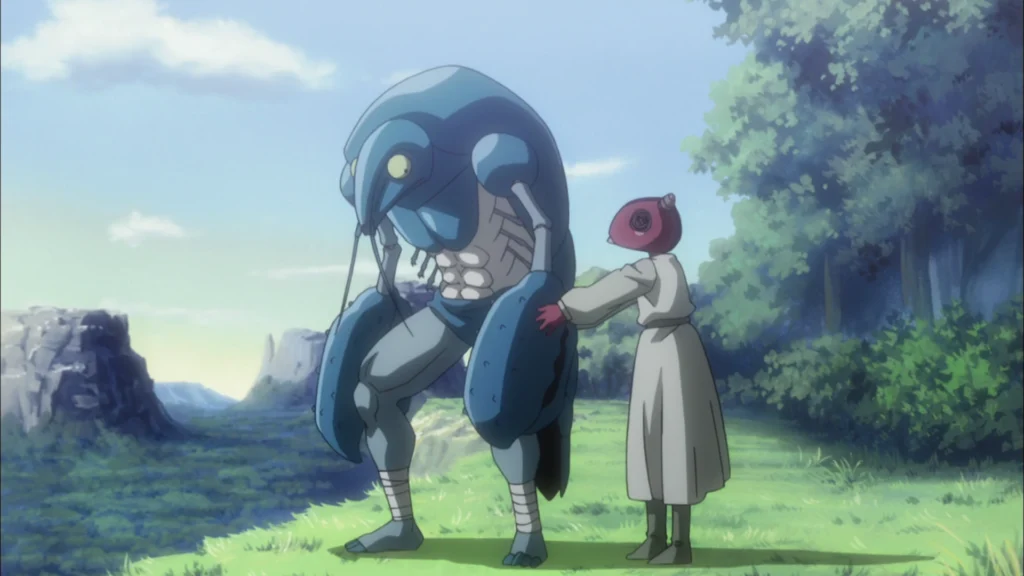
Hunter x Hunter is the only show that can make you cry over the redemption of a bug-girl and a lobster-man. That alone says something.
The Chimera Ant Arc (Episodes 76–136) starts off like your standard “escalating threat” arc. A new species—chimera ants—appear, and they’re not just eating humans. They’re absorbing their traits and becoming stronger, smarter, and more dangerous.
As their Queen begins giving birth to her Royal Guards and ultimately the King, the series evolves from an action story into a philosophical chess match with morality, mortality, and identity on the table.
Kite’s Death: The Moment Gon Grew Up Too Fast

Kite’s death isn’t just a tragic loss—it’s a turning point.
Kite represented Gon’s connection to his father, to the hunter world, and to what it meant to be strong. So when Neferpitou kills him off-screen and turns his body into a lifeless puppet, it’s a gut-punch—for Gon, and for us.
What makes it worse is Gon’s refusal to accept it. He clings to the hope that Kite can be healed, even when it’s clear he’s gone. This denial builds and builds until it explodes into that terrifying transformation.
Kite’s death is more than emotional trauma. It’s the moment Gon loses his innocence—and it’s haunting to watch it unfold.
Gon and Meruem: A Reversal of Roles

One of the most powerful narrative turns in this arc is the role reversal between protagonist Gon and antagonist Meruem.
At first, Gon is compassionate—even toward chimera ants. He doesn’t want to kill if he can avoid it. Meanwhile, Meruem sees everyone—human or ant—as beneath him. He’s cold, calculating, and brutal.
But by the end?
Gon is the one speaking down to others, threatening them, and even sitting in the same pose Meruem once used to exert dominance. His rage after losing Kite is so raw, it consumes him—literally. He sacrifices his future, his potential, and nearly his life to avenge someone he couldn’t save.
Meanwhile, Meruem evolves into something closer to human. Through his interactions with Komugi, a blind girl and Gungi prodigy, he learns about compassion, humility, and love.
The Tragedy of Gon Freecss

Gon’s descent into vengeance is heartbreaking. When he learns that Kite cannot be saved, his grief manifests in the most destructive way possible. He gives up everything—his body, his dreams, his Nen—just to kill Neferpitou.
This isn’t a heroic power-up. It’s a painful collapse. And it’s earned.
His best friend Killua sees it unfold and is powerless to stop it. Watching Killua say, “Gon, you are light,” and then realize that light has dimmed is one of the most gut-wrenching moments in anime. The way the music swells, the silence that follows—Madhouse nailed it.
“Gon, You Are Light”: The Line That Breaks You Later
Back in Episode 5, Killua looks at Gon—naive, fearless, full of life—and says, “Gon, you are light.” At the time, it feels like a sweet moment between new friends. But rewatching it after the Chimera Ant Arc hits completely different.
That light Killua saw? It’s the same light he desperately tries to protect when Gon spirals into darkness. The scene gains unbearable weight when you realize Killua isn’t just praising Gon—he’s clinging to him, hoping that light will save them both.
By the time Gon sacrifices everything for revenge, that light is gone. And Killua, who once stood in its glow, is left in the dark, watching the only person who ever gave him hope fall apart.
Meruem and Komugi: A King Becomes Human

Then there’s Meruem, arguably the best-written antagonist in Shonen anime.
He starts as a tyrant, born with unmatched power and zero empathy. But his time with Komugi, a fragile girl who never feared him, reshapes his worldview. She beats him at Gungi again and again—not through power, but heart and skill. Through her, he learns to care. He learns to feel.
In the end, Meruem doesn’t die on a throne or in battle. He dies peacefully, asking to hold Komugi’s hand, finally calling her by name.
The same arc that started with humans being hunted like cattle ends with the most powerful being choosing love over domination.
Gyro: The King in the Shadows

Gyro barely shows up in the Chimera Ant Arc, but his presence lingers like a ghost. A former tyrant who poisoned his people and ruled through fear, he’s reborn as a Chimera Ant—but keeps all his human memories and hatred intact.
Unlike the others, Gyro doesn’t stick around. He walks away, not out of fear or confusion, but with purpose. That silence? It’s chilling.
Togashi doesn’t need to show us what Gyro will do. Just knowing he’s out there—somewhere, with his twisted ideals and a new body—is enough to keep us uneasy long after the arc ends.
Palm Siberia: Sanity on the Edge

Palm is one of the most unpredictable characters in the series—and during the Chimera Ant Arc, she walks the tightrope between madness and clarity.
At first, she’s obsessive, unstable, and emotionally volatile. But that volatility becomes a surprising strength. When she infiltrates the palace and is later captured and transformed by the ants, it seems like the end for her.
But instead of being consumed by the transformation, Palm regains her self-control. In fact, she becomes even more composed. Her ability to resist the ants’ mental programming and still fight for her mission is one of the most underappreciated moments of the arc.
Palm’s arc is a subtle but powerful metaphor: sometimes, the people who seem the most fragile are the ones who survive the hardest trials.
Knuckle and Shoot: The Flawed Heroes We Needed

Knuckle and Shoot may not have the star power of Gon or Killua, but their presence in the Chimera Ant Arc adds something deeply human to the conflict. They’re not perfect. They’re not prodigies. But that’s exactly what makes them essential.
Knuckle is hot-headed and emotional, constantly struggling between duty and compassion. He hesitates in critical moments, not because he’s weak—but because he feels. You see that clearest when he fights Youpi—he’s scared, but still stands his ground, showing that courage doesn’t always come from strength.
Shoot, on the other hand, is paralyzed by fear. His inner conflict practically screams off the screen. But despite shaking, despite wanting to run, he fights anyway. That quiet bravery hits hard—especially when you realize how often anime forgets that kind of courage.
Togashi uses these two to show that real heroism isn’t always flashy. Sometimes it’s just showing up, even when everything in you says run.
Morel and Knov: Veterans With Their Own Burdens

Morel and Knov might be pro hunters, but that doesn’t make them invincible. What makes them fascinating isn’t just their strength—it’s how they handle fear, loss, and responsibility when the stakes are life or death.
Morel is a tank of a man with a calm exterior, but he’s not immune to pressure. He smokes, fights, and leads with steady confidence—but every move he makes carries weight. He knows his students—Knuckle and Shoot—are risking everything. And that weighs on him.
Then there’s Knov, a cold, calculating strategist… until he steps inside the Palace and experiences pure terror. Watching a man so composed unravel so quickly is rare in anime. When Knov starts losing his hair from stress, it’s not a gimmick—it’s a chilling reminder that even the smartest minds can break under real fear.
They aren’t just fighters—they’re mentors, strategists, and reminders that not every battle is won with brute strength.
Netero vs. Meruem: Power, Pride, and the Price of Humanity

The fight between Chairman Netero and Meruem isn’t your typical anime showdown. It’s not about flashy attacks or victory cheers. It’s a philosophical standoff between humanity’s strongest and its most dangerous creation.
Netero, after decades of training, unleashes his ultimate weapon—the 100-Type Guanyin Bodhisattva—on Meruem. But no matter how powerful the blows, Meruem adapts, survives, questions. Instead of rage, he shows restraint. Instead of arrogance, curiosity.
So Netero, knowing strength alone won’t win, plays his final card: a hidden bomb—the Poor Man’s Rose. It’s an act of desperation, and it kills him too. But even in death, it fails to stop Meruem outright. The poison, slow and cruel, finishes what brute force couldn’t.
This fight isn’t about who’s stronger. It’s about what it means to be human—and how far we’ll go to defend it, even if it means becoming monsters ourselves.
A New Standard in Character Development

What makes this arc genius isn’t just the emotional highs and lows. It’s the way Yoshihiro Togashi gives development to everyone—even the enemies.
- Youpi, once a brute with no emotions, learns restraint and even mercy.
- Pouf becomes obsessed with the idea of an ideal king, losing touch with reality as Meruem grows more human.
- Neferpitou, loyal to the core, is torn between duty and emerging empathy.
And while all of this is happening, Gon is falling apart, and Killua is doing everything he can to protect the one person who once saved him.
Episode 135: The Masterpiece

This episode—when the Royal Guards fall, and Meruem spends his last moments with Komugi—is widely regarded as one of the best in anime history. The writing, pacing, and visuals work in perfect harmony.
From brutal to beautiful, from terrifying to tender, the arc delivers an ending that makes you sit in silence. It hurts in all the right ways.
The Writing That Hits Too Close
Hunter x Hunter doesn’t give you cheap wins.
Gon doesn’t overcome his darkness through friendship speeches. Meruem doesn’t die as a villain. And the world doesn’t return to normal.
You walk away from this arc feeling… changed.
It’s a story about what power does to people, how grief can corrupt, how even monsters can be more human than humans. Togashi holds a mirror up to society and says, “Look.”
Why This Arc Is the Best of All Time
You know a story is special when:
- The protagonist breaks down, and it’s not framed as noble.
- The antagonist makes you cry.
- The battle isn’t just physical—it’s psychological, emotional, and ideological.
- You’re left thinking about it for years.
The Chimera Ant Arc doesn’t follow the rules—it rewrites them. It doesn’t hand out victories—it makes you question what victory even means.
So yeah, I didn’t expect Hunter x Hunter to change how I view anime. But now, everything else feels like it’s playing catch-up.
If you’ve seen the arc, you know what I mean.
And if you haven’t—what are you waiting for?
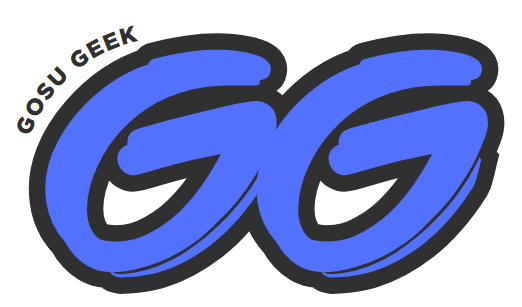
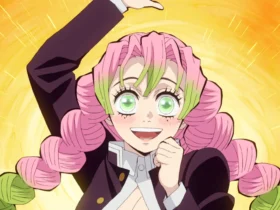

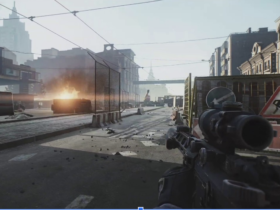
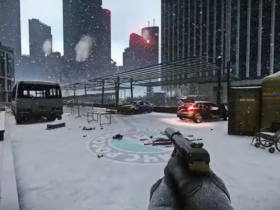


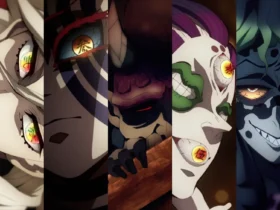
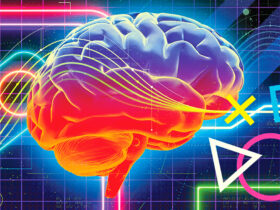
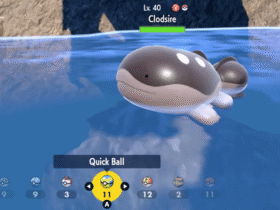


Leave a Reply